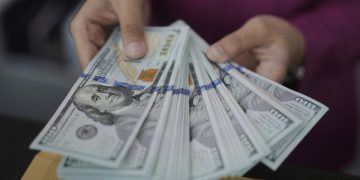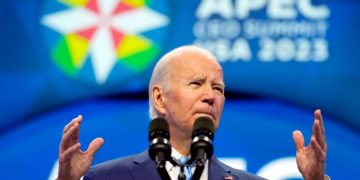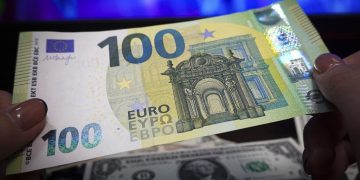Record-Breaking Rally:
Gold Thrives on Rate Cuts
In sync with the recent easing of U.S. interest rates, gold, a barometer for hedging against monetary policy shifts, breached the $2,600 mark last week. This escalation not only set new historical records but also saw December COMEX gold futures on the New York Mercantile Exchange appreciating by 1.41% to $2,647.4 per ounce. The surge stoked market debates, with naysayers contending that gold prices are now estranged from tangible consumer demand and teetering near their peak. Contrarily, optimists maintain that given the prices have largely factored in rate cuts, we may witness a short-term uptrend marked by high volatility.
Monetary Stimulus:
The Fed’s Generous Reductions Fuel Gold’s Rise
The substantial 50 basis points slash in interest rates by the Federal Reserve during its September session—a first since March 2020—set the federal funds rate to a range of 4.75% to 5%. The Fed’s policy statement balanced the risks to employment and its inflationary objectives, affirming its commitment to fostering full employment and a 2% inflation benchmark. The “dot plot”, indicative of interest rate projections, hints at possible further cuts amounting to 50 basis points within the year. Adjustments were also visible in the Fed’s economic outlook, with a minimal downgrade in the 2024 growth forecast and a slight uptick in unemployment rate predictions through to 2026.

Interest Rate Speculations:
Market Experts Forecast Aggressive Easing
Market speculation is rife with expectations of up to 75 basis points in further Federal Reserve cuts this year, surpassing the Fed’s own projections. Rate futures markets suggest a 57.06% probability of a 25-basis-point cut by November 2024 and a 42.94% likelihood of a 50-basis-point reduction. By December 2024, the cumulative probability of a 50-basis-point cut reaches 6.69%, while a 75-basis-point decrement stands at a significant 93.31%.
Historical Context:
Economic Indications from Past Rate Cuts
Looking back, two out of three rate reduction cycles in this century commenced with substantial initial cuts, notably a 100 basis points in January 2001 and 50 basis points in September 2007. Both led to U.S. economic downturns with the S&P 500 stumbling over the subsequent six months to a year, while COMEX gold prices surged by approximately 10% to 13% after a year. Amid a burgeoning bull market for gold in 2020, the year following the cuts saw a remarkable 24% price increase.
Analyst Insights:
Gold’s Ascendancy: A Byproduct of Easing Measures
Analysts attribute this year’s successive historic peaks in gold prices to the ramifications of “rate cut trades.” Presently, gold’s ceiling remains unseen. Post-September’s rate trim, the performance of the U.S. economy and inflation over 2-3 subsequent cuts will be pivotal in determining further cuts by the Fed. If the U.S. economic slack persists or worsens, the scope for rate reductions might broaden. Alternatively, if the economy stabilizes, the prospects of further cuts may narrow. Yet, one must heed the distinctive economic context at the dawning of this easing phase, marked by an August CPI year-on-year increase of 2.5%, and a Congressional Budget Office (CBO) projection of a persistently high fiscal deficit above 5% for 2024—both metrics at historic peaks for rate cut cycles. Amidst such a ‘high-deficit + high-inflation’ economic structure, should post-cut stabilization occur, the U.S. economy might well face a secondary inflation risk. Thus, under either scenario, long-term prospects for gold prices trend upwards.
































